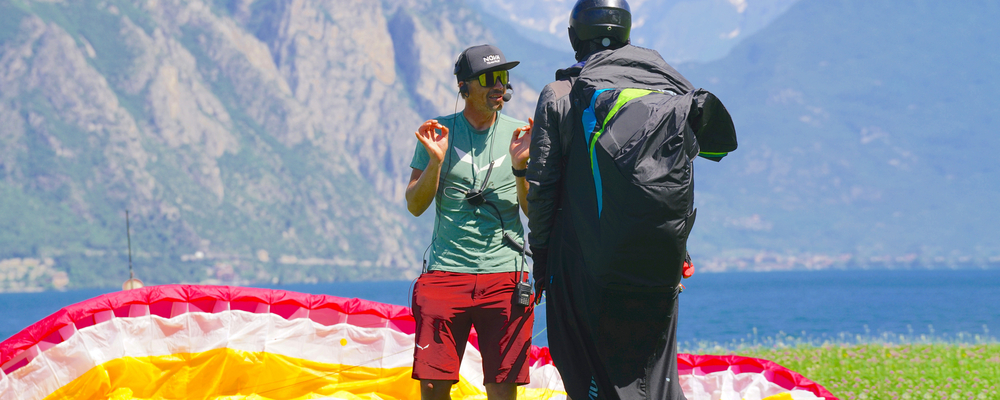
What’s behind the S.P.C. and what the participants have to say
Safety Pilot Coaching with NOVA
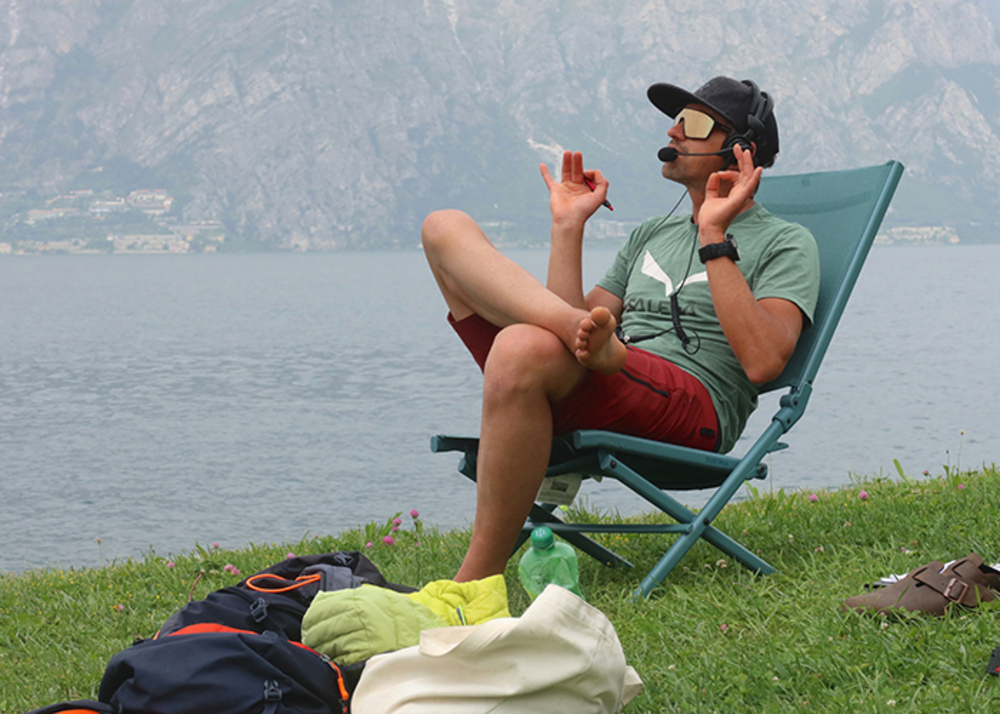
The trainer: Helmut (Heli) Schrempf
“For over 15 years, I’ve been leading SIV’s, and I’ve now developed them into my 'Safety Pilot Coaching' concept. I love working individually with pilots. One of the goals is to optimise the motor skills in the harness to develop a better feel for the glider. Different flight maneuvres place different demands on the pilots’ motor skills, and training these skills sustainably enhances flying abilities.”
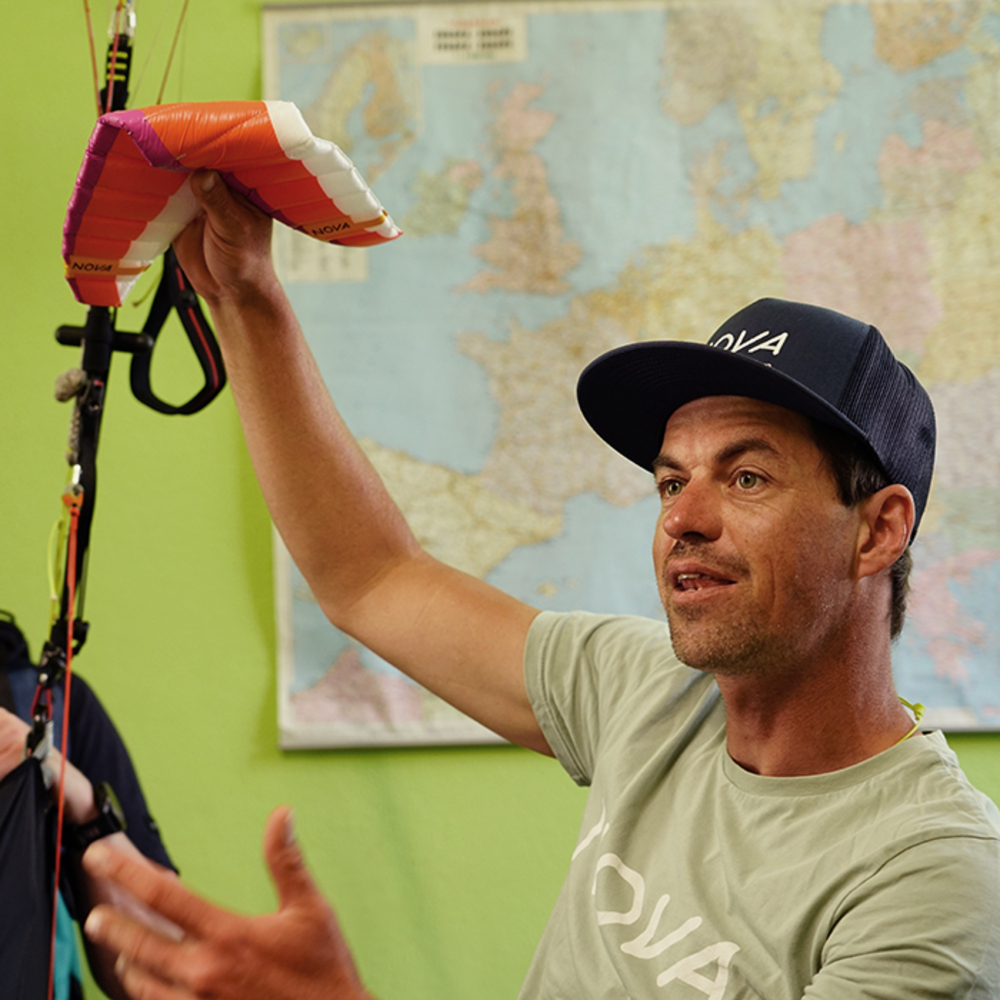
The basics and the learning process in the S.P.C.
"Only those who understand the 'why' can correct themselves and continue to improve their skills." Heli Schrempf lays the foundation for this through extensive theoretical sessions. All advanced maneuvres build on basic flight maneuvres like pitching and rolling. These train spatial orientation and the position of the pilot in relation to the glider. These movements provide the basis for flying reproducible maneuvres. Understanding and the learning process are the main focus.
Once the basics are established in the training, maneuvres like stalls and asymmetric collapses are practiced from different angles of attack. The goal is for the pilot to actively exit these flight states and develop a feel and understanding for releasing the brake line.
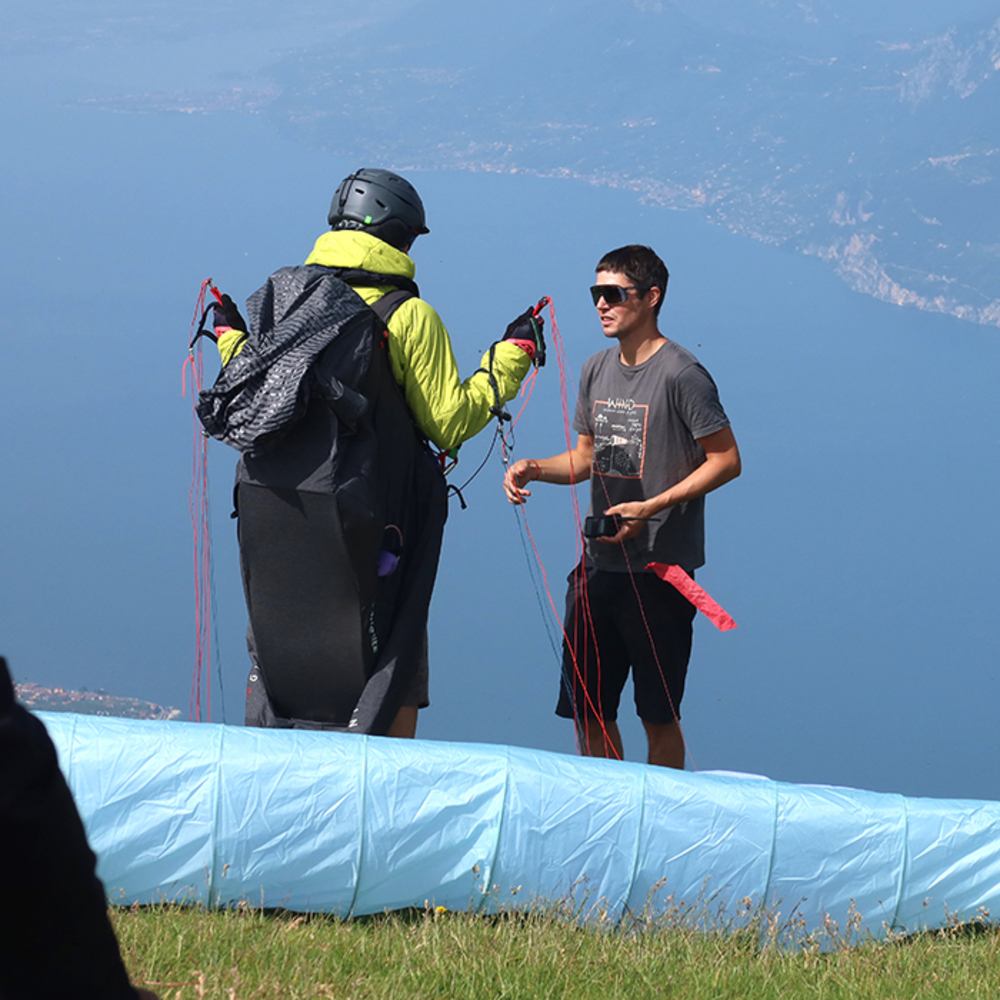
“Why do I need this maneuvre? I never do this in practice.”
This question is often asked. Heli's answer: “In training, we can’t replicate real situations in turbulent air. However, we can teach pilots how to handle various flight states and sustainably improve their skills by understanding and practicing different maneuvres. The key requirement is repeatability. We try to incorporate and train those flight states that can also be applied to a normal flight.”
For example: The wingover can be flown in different ways, but from the perspective of aerodynamics and motor learning, there is only one sequence that should be adapted to the specific pilot-harness-glider system. In practice, larger collapses often involve movements similar to wingovers, where counter-steering resembles supporting. Releasing the brake at the right moment stabilises the system.
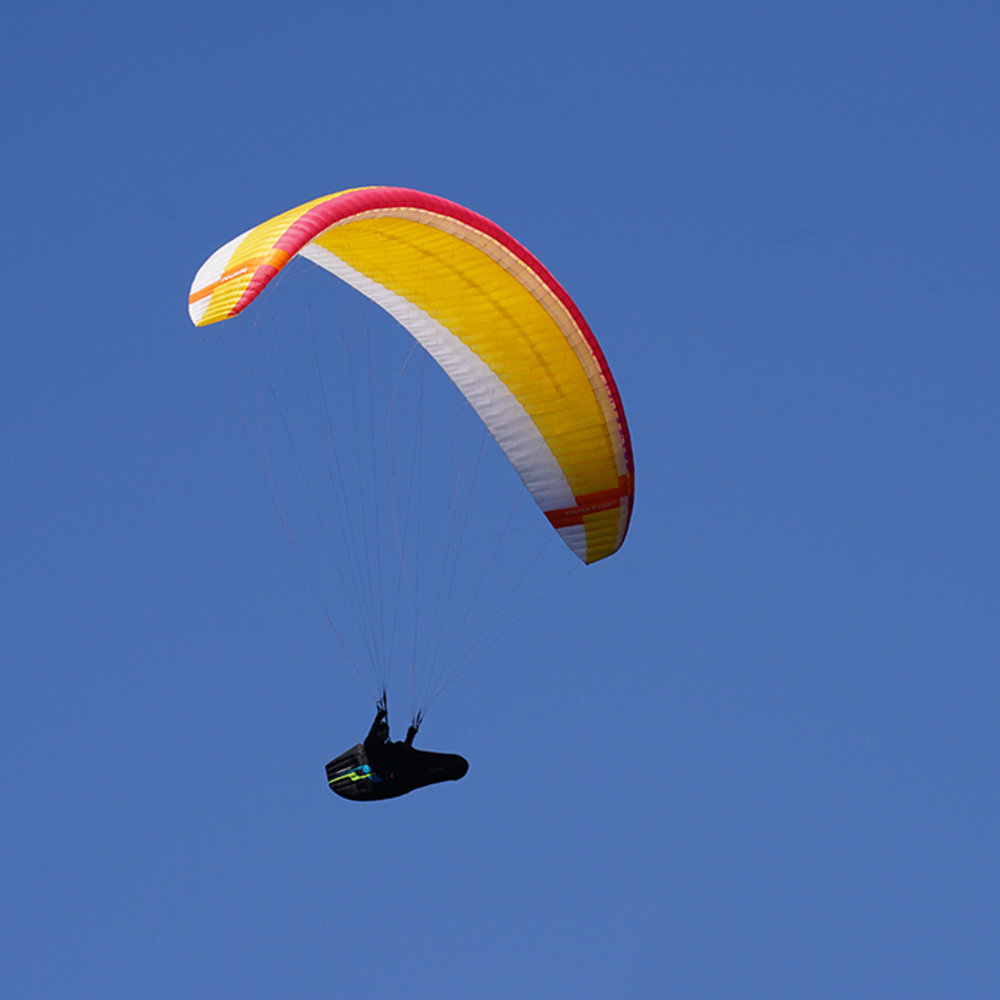
The use of folding lines with two-liners
Heli Schrempf’s specialty is training with two-liners. For him, mastering the stall is the basis for using folding lines:
“Creating reproducible collapses with two-liners to train the appropriate reaction isn’t as easy as it sounds. Mastery of stalls is the foundation for gradually getting used to handling folding lines. Incorrect operation of the lines can lead to twists and line-overs, which can only be resolved with stalls.
As the topic of folding lines becomes increasingly important, it is our responsibility as trainers and flight instructors to teach the proper use of them. The prerequisite is the willingness to invest time, adapt to the new technology of the equipment, and develop an understanding of it.”
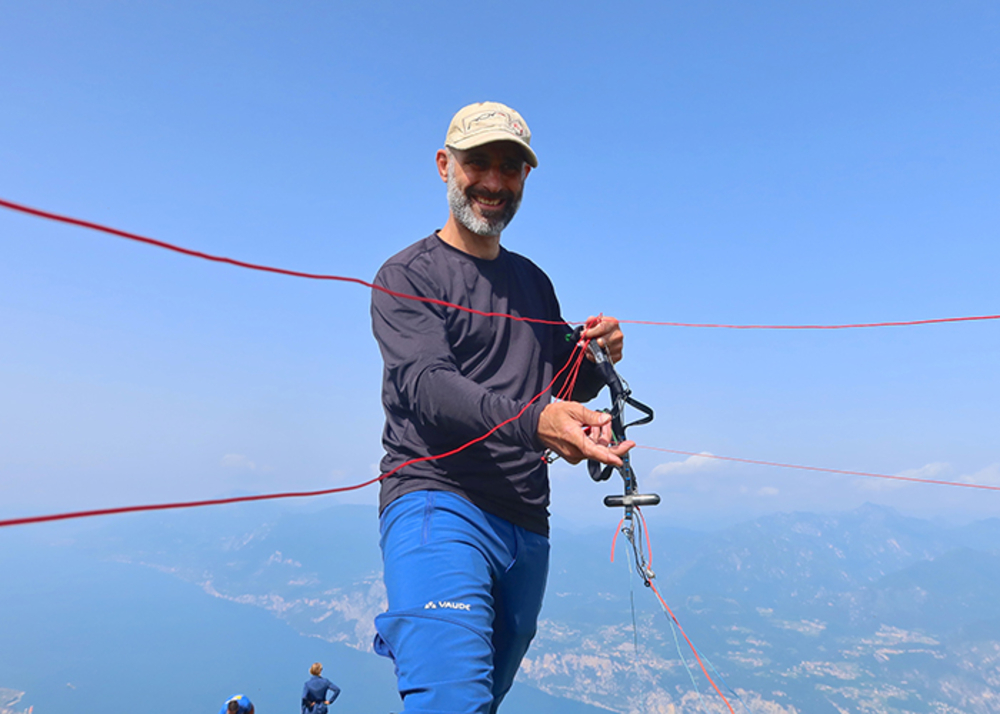
Participant Ulf
“Thank you all! This was a long-overdue enhancement to my flying. I can now independently expand and practice spiral dives, wingovers, and pitching at the start of a negative spin. Next year, I’ll train stalls and backfly intensively. I also really enjoyed flying the Codex as a demo glider during the training. A great course!”
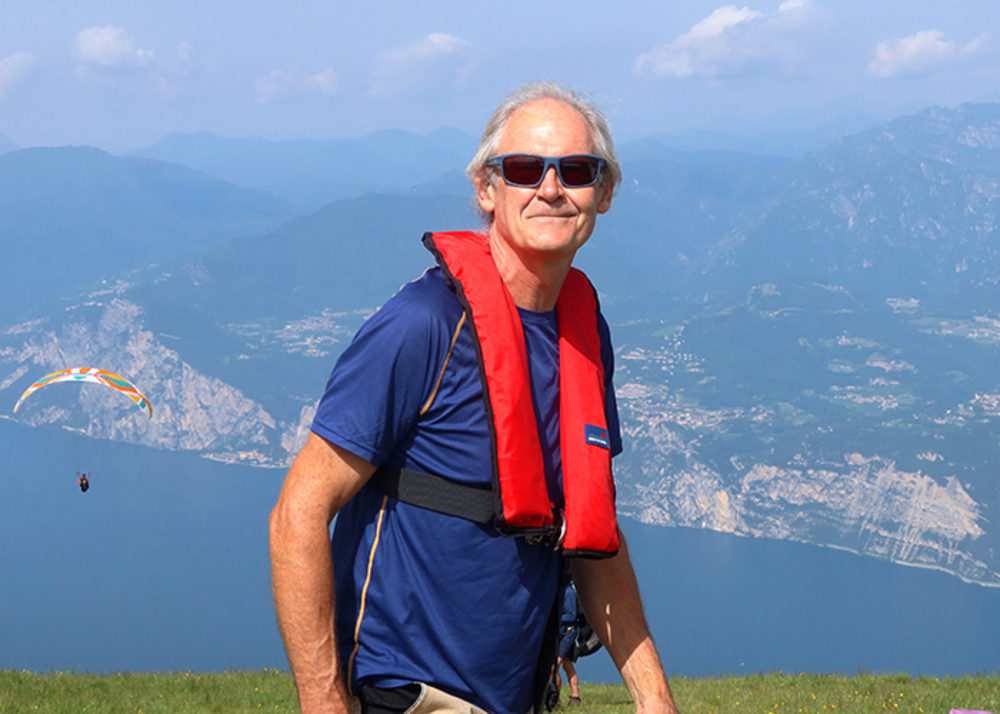
Participant William
“Thanks for the great training! I learned a lot, especially progressing with wingovers after so many years. I now look forward to every smooth exit – it’s even more fun for me than the spiral dive. But the most important advice was to stay calm, avoid impulsive control movements, and give the glider more freedom when it’s at the correct angle. This calmness was something I really needed. I also loved the opportunity to test the Codex.”
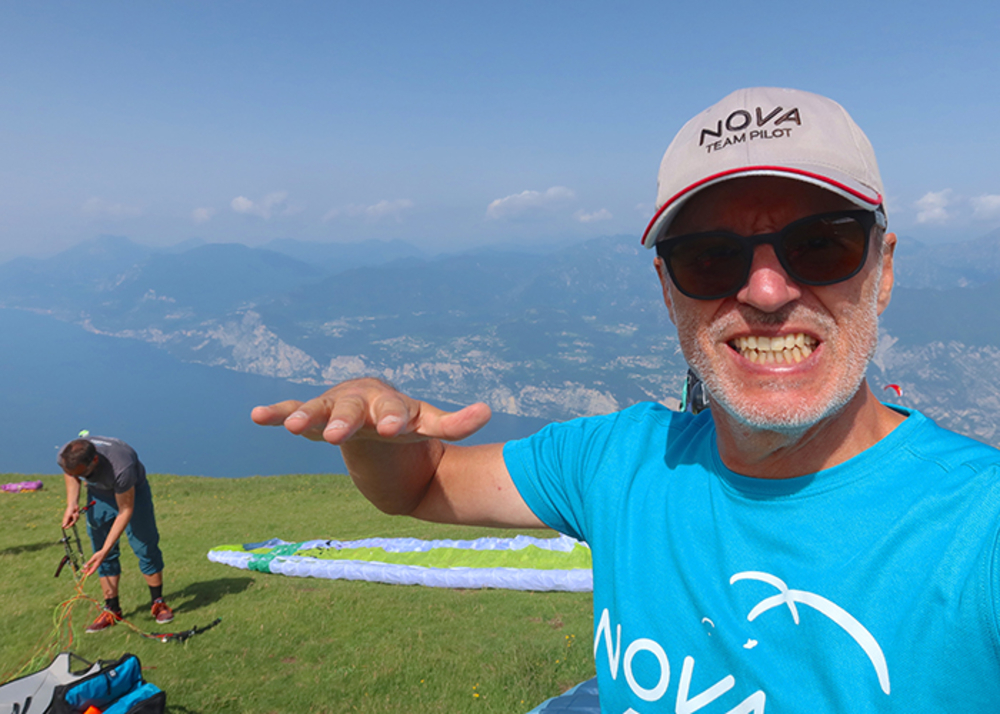
Participant Till
“The safety training with Heli Schrempf was absolutely fantastic. I want to explicitly commend Heli: he does an amazing job! All the other participants felt the same way – and they were all experienced pilots with extensive backgrounds and multiple SIVs under their belts. I think especially when it comes to two-liner gliders, no one can match him. What impressed me most: he doesn’t rigidly stick to certain teaching doctrines but questions what he observes live and in the videos. And then he flies it himself.”
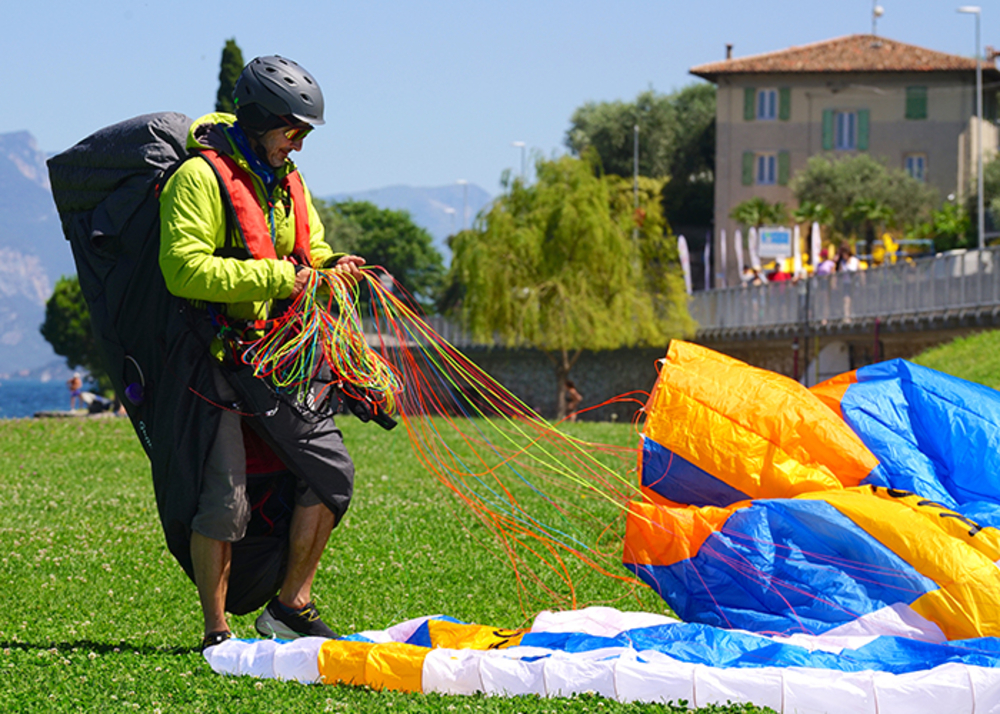
Conclusion: Looking forward to the next time!
Exciting and enriching – that’s how the S.P.C. week with Heli Schrempf can be described. The participants were able to practice new techniques, break out of old motor and mental patterns, and learn a lot about themselves and their flying equipment. We look forward to many more successful trainings with our team pilot Heli Schrempf!
Photos: (c) Till Gottbrath